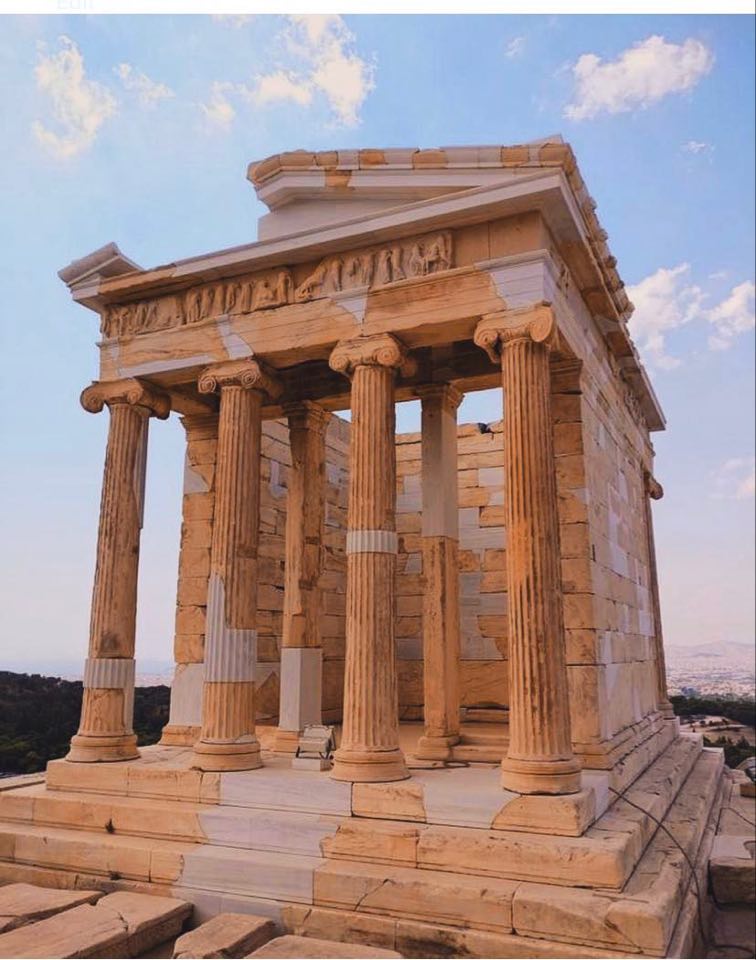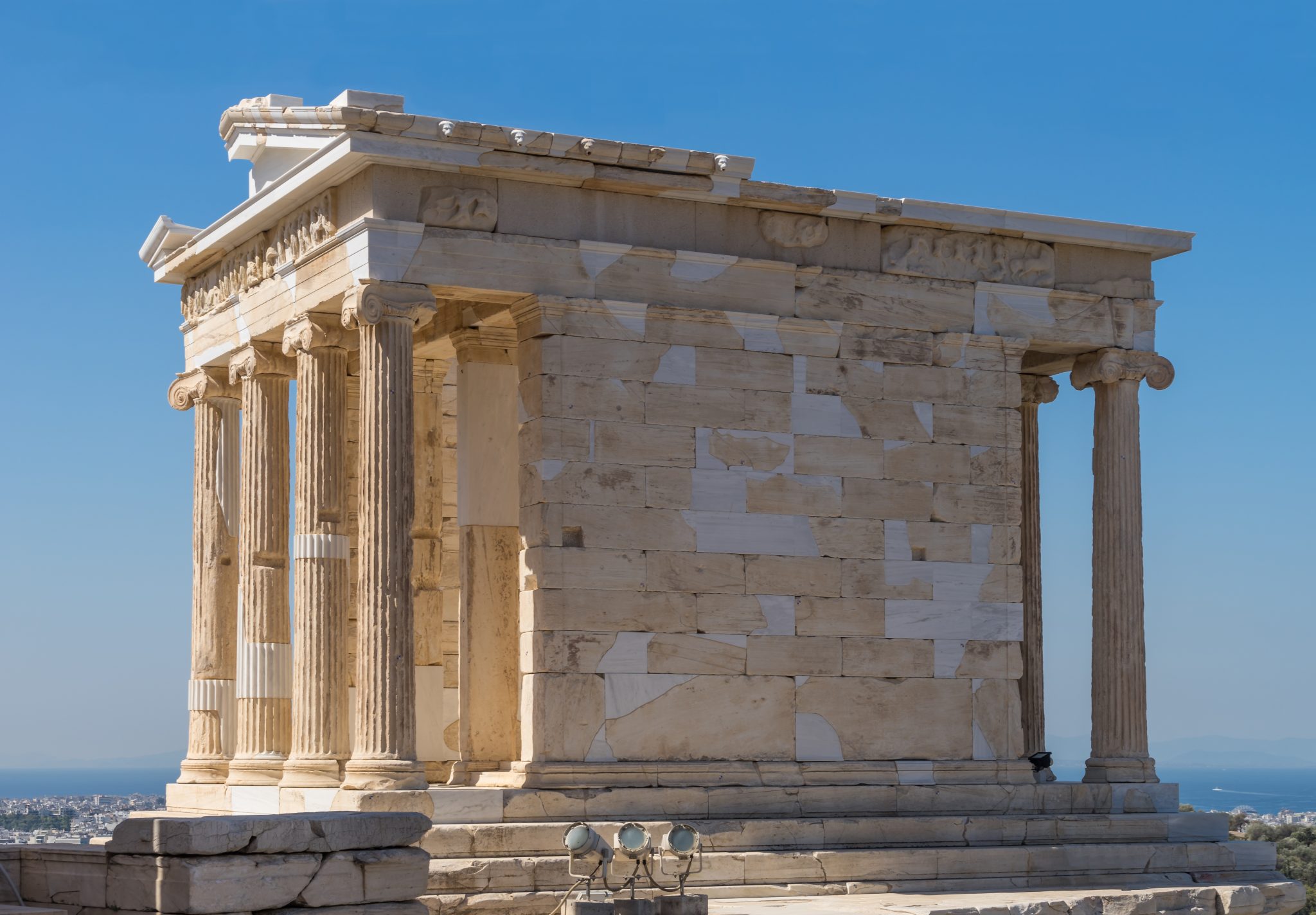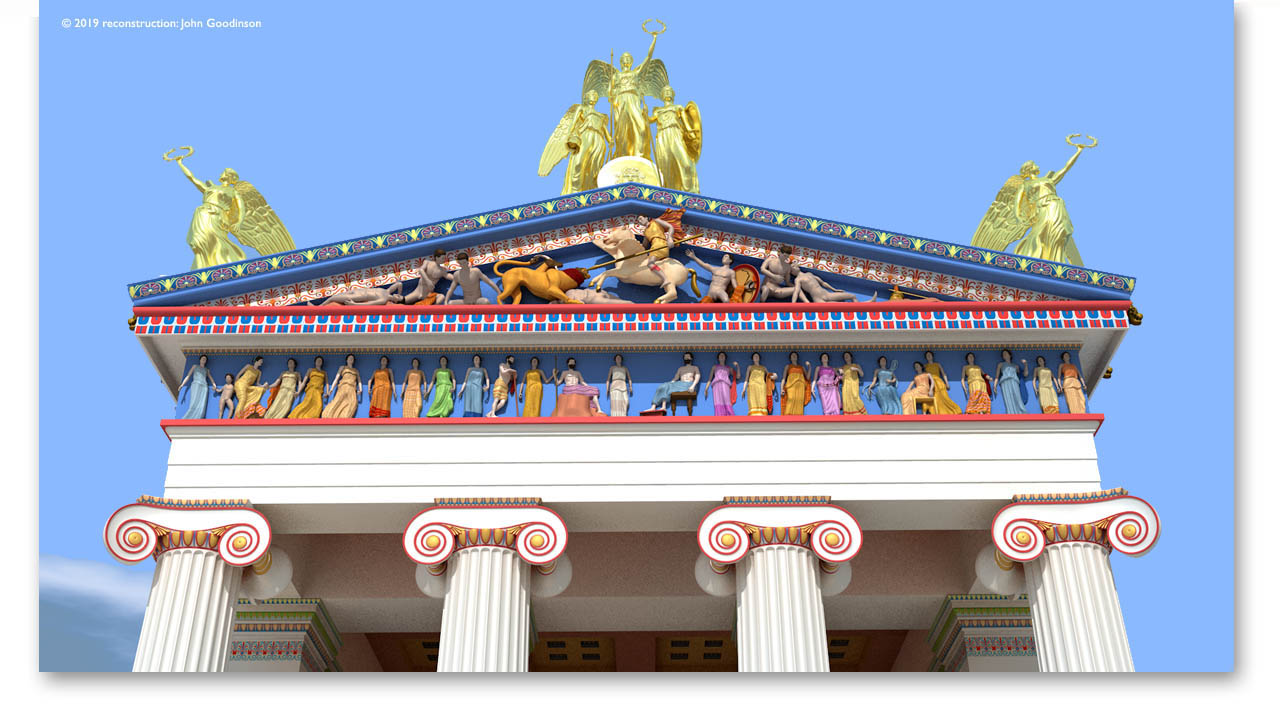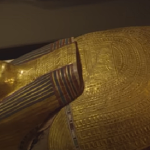Evaluating the Athena Nike Temple Both Then and Now

Comparing the Temple of Athena Nike: Then and Now
The Temple of Athena Nike stands as a testament to the ancient Greek civilization’s architectural and cultural achievements. Perched atop the Acropolis of Athens, this iconic temple has endured the ravages of time, bearing witness to centuries of history and transformation. By comparing the temple’s condition and significance in antiquity to its present state, we gain valuable insights into the evolution of architectural conservation and cultural heritage preservation.
Ancient Context:
Constructed around 420 BCE during the golden age of Athens, the Temple of Athena Nike was dedicated to the goddess of victory, Athena Nike. Designed by the renowned architect Kallikrates, the temple’s elegant Ionic style and commanding position overlooking the city symbolized Athens’ military prowess and cultural supremacy. The temple’s friezes and sculptures depicted mythological scenes and celebrated the victories of the Athenian city-state in battle.

In its original form, the temple comprised a small shrine with a portico of four Ionic columns, housing a statue of Athena Nike crafted from ivory and gold. Its strategic location near the Propylaea, the entrance gateway to the Acropolis, emphasized its importance as a symbolic and religious focal point for the Athenian people.
Modern Context:
Today, the Temple of Athena Nike remains a prominent landmark within the Acropolis archaeological site, drawing visitors from around the world to marvel at its ancient splendor. However, the temple’s current condition reflects centuries of wear and tear, as well as efforts to preserve and protect its fragile architectural elements.

In the 19th century, extensive restoration efforts were undertaken to stabilize the temple’s structure and prevent further deterioration. The addition of iron clamps and concrete supports helped reinforce the temple’s crumbling walls and columns, while conservationists worked diligently to conserve the surviving sculptures and reliefs.
Despite these preservation efforts, the Temple of Athena Nike continues to face ongoing challenges, including environmental factors such as air pollution, weathering, and visitor impact. Conservationists must balance the need to protect the temple’s fragile remains with the desire to make it accessible to the public and ensure its continued relevance as a cultural heritage site.

Comparative Analysis:
When comparing the Temple of Athena Nike in antiquity to its present state, several notable differences and similarities emerge. In terms of architectural integrity, the temple has undergone significant alterations and interventions over the centuries, leading to debates among scholars and conservationists about the authenticity of its current form.
While the temple’s original design and layout can still be discerned, the addition of modern reinforcement techniques and the restoration of missing elements have altered its appearance to some extent. Nevertheless, the temple’s enduring significance as a symbol of Athenian identity and artistic achievement remains undiminished, serving as a reminder of the enduring legacy of ancient Greece.
In conclusion, the comparison of the Temple of Athena Nike in antiquity to its present state offers a fascinating glimpse into the evolution of architectural conservation and cultural heritage preservation. Despite the passage of centuries and the challenges of preservation, the temple continues to inspire awe and admiration, serving as a tangible link to the rich history and cultural heritage of ancient Greece.









